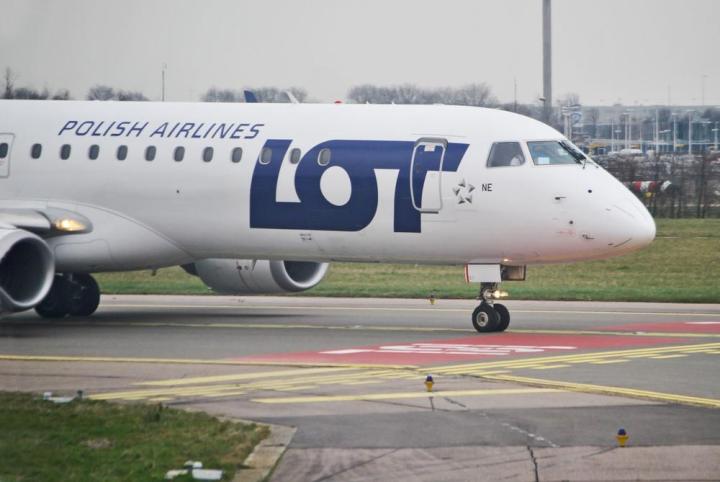
In their study, published in the journal Nature Climate Change, researchers examined the flight times of four major airlines on routes that took them between Honolulu and Los Angeles, Seattle-Tacoma, and San Francisco from 1995 to 2013. Ultimately, they concluded that fluctuations caused by two ocean-atmosphere phenomena, the El Niño Southern Oscillation and the Arctic Oscillation, were responsible for nearly 90 percent of travel time variance. In total, 133 additional hours were added per year, averaging out to about a minute per flight.
While this may not seem like much, the major takeaway from the research is that the aviation industry is impacting weather patterns, which may lead to further and more dangerous implications as time goes on. Kristopher Karnauskas, the study’s author and a researcher at the Woods Hole Oceanographic Institution in Massachusetts, told Time magazine of these effects, “…you have the potential for pretty huge changes in fuel expense across the world. I’m not saying that climate change is going to cause the global flights to be longer, they might even be shorter. But if you change the amount of time that planes are in the air and how much fuel is burned on annual basis by the aviation industry, that’s a feedback.”
Wind speeds fluctuated by around 40 miles per hour, and so while Karnauskas and his team only looked at a few routes taken by a few airlines, he noted, “… multiply those couple of minutes by each flight per day, by each carrier, by each route, and that residual adds up quickly. We’re talking millions of dollars in changes in fuel costs.”


